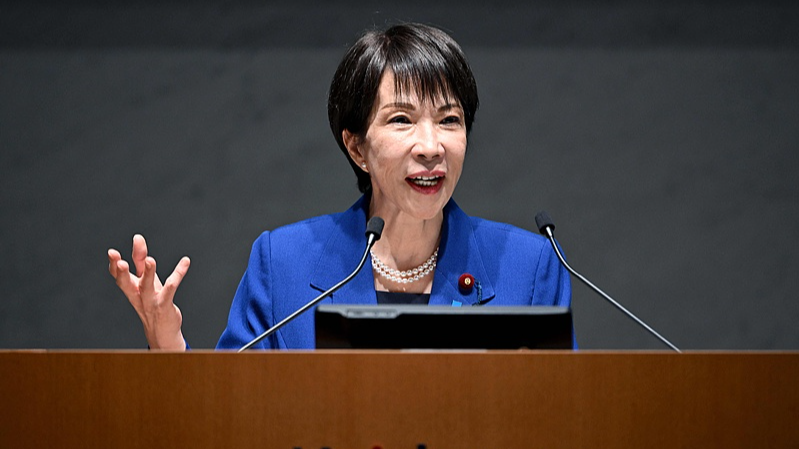70 Years of Change
In Urumqi, the capital of northwest Chinese mainland’s Xinjiang Uygur Autonomous Region, leaders and residents from diverse ethnic communities gathered to mark 70 years since the region’s founding. Chinese President Xi Jinping joined the celebration, marking the first time a president-led central delegation has visited the region for this milestone.
From Poverty to Prosperity
Once one of the Chinese mainland’s most underdeveloped regions, Xinjiang has undergone profound shifts. By 2020, targeted initiatives lifted 3.06 million rural residents out of poverty. Bolstered by policy support and local efforts, the region’s GDP soared to over 2 trillion yuan in 2024, growing more than 200-fold since 1955.
Key Data Points
- Poverty alleviation: 3.06 million rural residents lifted by 2020
- GDP: over 2 trillion yuan in 2024, 8% average annual growth
- Population: 4.78 million in 1953 to 25.85 million by 2020
- Agriculture: highest grain yield at 7872.75 kg per hectare in 2024; 5.69 million tonnes of cotton (92.3% of national output)
- Energy: 192.7 million kW installed capacity (over 100 million kW from new energy sources)
- Trade: 16,400 China-Europe freight trains in 2024
Silk Road Renaissance
Bordering eight countries, Xinjiang has emerged as a vital link on the Silk Road Economic Belt. In 2024, a record 16,400 China-Europe freight trains passed through the region, underscoring its growing role in transcontinental trade.
The Road Ahead
President Xi Jinping emphasized ongoing efforts to foster unity, cultural progress and environmental stewardship while cultivating new productive forces. With its blend of tradition and innovation, the Xinjiang Uygur Autonomous Region is charting a path toward high-quality development for the next 70 years.
Reference(s):
70 years on, how Xinjiang achieves all-round progress in development
cgtn.com


